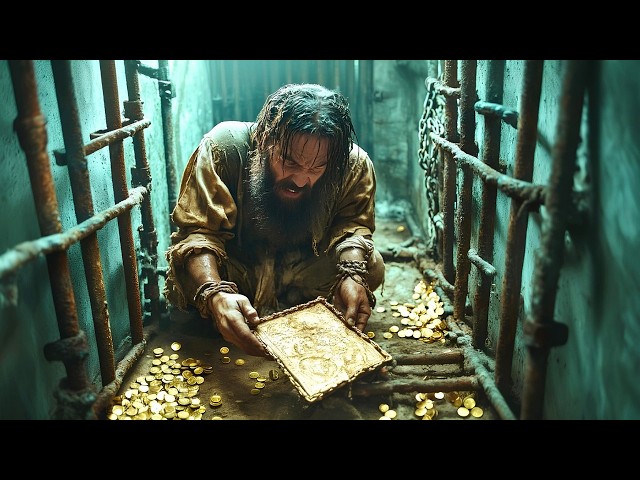
**Introduction: The Count of Monte Cristo – A Tale of Betrayal and Revenge**
The classic story of *The Count of Monte Cristo* is a powerful exploration of injustice, endurance, and the consuming desire for revenge. This review focuses on the narrative’s core elements, from wrongful imprisonment to the meticulous execution of retribution, highlighting how one man’s suffering fuels his transformation.
**Storyline Summary**
Edmund Dantès is wrongfully imprisoned on a remote island fortress after being framed by conspirators. Declaring his innocence to the warden only earns him brutality and isolation in a cell that opens just once a year for beatings. After 12 despairing years, he encounters Abbé Faria, an elderly prisoner who has tunneled into Edmund’s cell. The Abbé becomes his mentor, educating him in academics, swordsmanship, and revealing the location of a hidden treasure. When the Abbé dies from a tunnel collapse, Edmund seizes the opportunity to escape by swapping places with the corpse, which is thrown into the sea. After a narrow escape and proving his worth to pirates, Edmund locates the treasure and transforms into the wealthy Count of Monte Cristo. He systematically draws his betrayers—Montigue, Wilfford, and others—into a web of deception, exploiting their greed and secrets to destroy them, all while grappling with shocking personal revelations, including the existence of a son he never knew.
**Performances & Direction**
Though specific actor names aren’t detailed, Edmund’s evolution from a desperate prisoner to a calculated avenger is portrayed with intensity, capturing both his vulnerability and hardened resolve. The warden’s cold cruelty and Abbé Faria’s wisdom and warmth provide strong contrasts, enriching the emotional depth. The direction effectively builds tension through confined settings, like the claustrophobic cells and narrow tunnels, emphasizing Edmund’s physical and psychological imprisonment. Pacing balances introspective moments with action, ensuring the long journey toward revenge remains engaging and morally complex.
**Music & Technical Aspects**
While not explicitly discussed, the technical elements likely support the story’s tone without overshadowing it. Set design convincingly recreates the grim prison environment and opulent estates, enhancing the shift from despair to luxury. Lighting contrasts dim, shadowy cells with brighter exteriors, symbolizing hope and transformation. Music probably underscores key emotional beats—sorrow, tension, triumph—though it isn’t a standout feature. Overall, these aspects serve the narrative competently, ensuring immersion without distraction.
**Conclusion**
*The Count of Monte Cristo* delivers a gripping saga of justice and vengeance, reminding viewers of the costs of obsession and the redemptive power of truth. Edmund’s journey from victim to master of his fate is both thrilling and thought-provoking. For those who appreciate tales of resilience and intricate payback, this story remains a timeless watch. Share your thoughts in the comments, and don’t forget to like and subscribe for more reviews.




